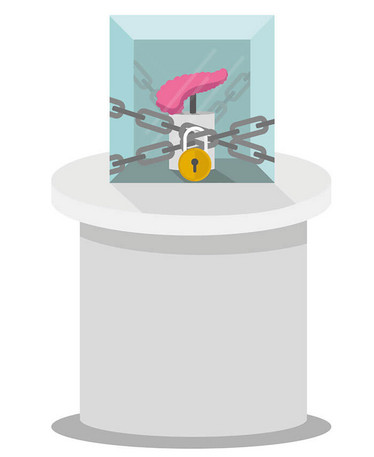Building a Better Mousetrap
It’s often difficult to target pancreatic cancer cells while sparing healthy tissue – but a new therapy concept not only makes this possible, but also enhances the potential effectiveness of adjuvant treatments
“Minimally invasive” would not typically be a term that you would associate with pancreatic cancer treatment, in fact quite the opposite, but one team in Ireland believe they’ve made a breakthrough.
It’s a two-part process. First, tiny, oxygen-filled microbubbles with an inactive chemical agent attached are delivered to the tumor tissues by injection. Second, the sensitized tumor is exposed to low-intensity ultrasound waves, breaking up the bubbles and activating the attached drug. This serves more than one purpose – not only is the drug delivered directly to the tumor without damaging healthy tissue along the way, but the oxygen itself also assists with treatment, improving the function of therapies like radiation that require oxygen to work.

Ulster University’s Norbrook Chair of Pharmaceutical Science, John Callan, explained, “Because we can control exactly where the sound waves go, we can selectively target the tumor and spare healthy tissue, making this a highly targeted therapy with reduced side effects,” (1).
The researchers have named this technique “sonodynamic therapy” (SDT) and are excited by its potential, in particular given that their initial testing has shown a five-fold reduction in tumor size on pancreatic ductal adenocarcinoma (PDAC). SDT is not the first of its kind – similar techniques, like photodynamic therapy, exist – but it has advantages over other established treatments because ultrasound waves are capable of much deeper tissue penetration than light (2). It’s a uniquely beneficial approach for pancreatic cancer because of the disease’s characteristic low blood supply and large tumor size at diagnosis; increasing the tumor’s oxygen content can make radiotherapy and some chemotherapies more effective, while successful shrinking of the tumor can make surgery an option for more patients.
Ultimately, the researchers hope to make pancreatic cancer a treatable disease, even in patients who have more advanced, or less accessible, tumors.
Mission: Impossible by Michael Schubert
(Chemo)resistance Is Futile by Michael Schubert
Breaching Cancer’s Defenses by Ingunn Stromnes
An Epigenetic Epiphany by Michael Schubert
- Ulster University, “Ulster University scientists reveal breakthrough in fight against pancreatic cancer”, (2015). Available at: bit.ly/210pGfj. Accessed December 7, 2015.
- AP McHale et al., “Sonodynamic therapy: concept, mechanism and application to cancer treatment”, Adv Exp Med Biol, 880, 429–450 (2016). PMID: 26486350.

While obtaining degrees in biology from the University of Alberta and biochemistry from Penn State College of Medicine, I worked as a freelance science and medical writer. I was able to hone my skills in research, presentation and scientific writing by assembling grants and journal articles, speaking at international conferences, and consulting on topics ranging from medical education to comic book science. As much as I’ve enjoyed designing new bacteria and plausible superheroes, though, I’m more pleased than ever to be at Texere, using my writing and editing skills to create great content for a professional audience.















